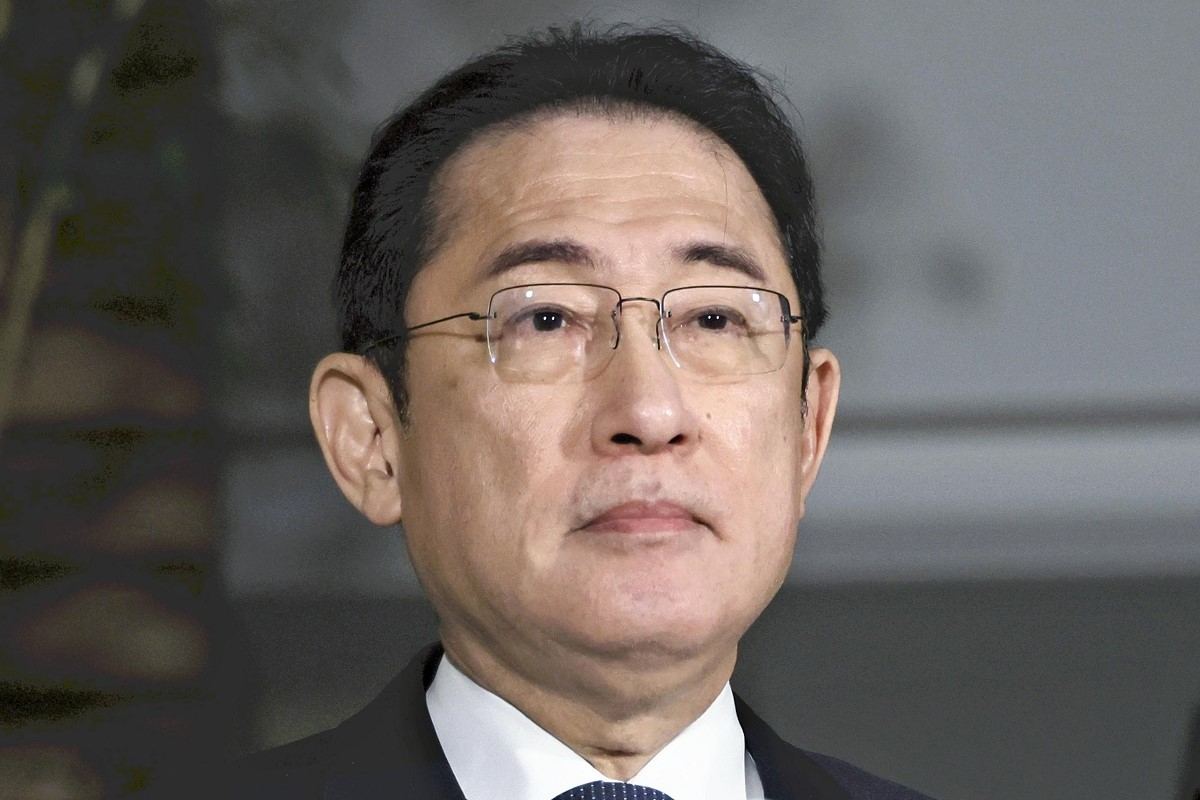
Japanese Prime Minister Fumio Kishida at the prime minister’s office in Tokyo, Japan, Wednesday
16:33 JST, March 10, 2024
Tokyo (Jiji Press)—While Japan is set to mark on Monday the 13th anniversary of the March 2011 powerful earthquake and tsunami, as many as some 29,000 people are still evacuated.
The disaster mainly struck the Tohoku northeastern region, with many coastal municipalities in three prefectures—Iwate, Miyagi and Fukushima—ravaged by the massive tsunami. The 9.0-magnitude earthquake measured up to 7, the highest level on Japan’s seismic intensity scale.
The number of evacuees stood at 29,328 as of Feb. 1 this year, according to the Reconstruction Agency.
The catastrophe left 15,900 people dead and 2,520 others missing, data from the National Police Agency show. The number of deaths from indirect causes related to the disaster, such as the aggravation of injuries and illnesses, came to 3,802 as of the end of December 2023, according to Reconstruction Agency data.
On Monday, local authorities in the three hardest-hit prefectures will hold memorial ceremonies, with participants offering silent prayers to the disaster victims at 2:46 p.m., the exact time when the earthquake struck on March 11, 2011.
Prime Minister Fumio Kishida is slated to attend a ceremony to be hosted by the Fukushima prefectural government, as he did last year.
The powerful natural disaster caused an unprecedented triple meltdown at Tokyo Electric Power Company Holdings Inc.’s Fukushima No. 1 nuclear power station, leading the Japanese government to issue evacuation orders to residents in Fukushima Prefecture.
The orders remain in place in some Fukushima municipalities, preventing evacuated residents from coming back to their hometowns. Some evacuees have given up their return home.
In June 2023, the revised special law on measures to reconstruct Fukushima was enacted, enabling the establishment of so-called specified residence areas within difficult-to-return zones. The specified areas are intended to help residents return home early through the implementation of measures including decontamination work.
So far, designated residence area projects compiled by four Fukushima towns—Okuma, Futaba, Namie and Tomioka—have been recognized, and efforts to realize the lifting of the evacuation orders are underway.
Last August, TEPCO started to release treated water containing tritium, a radioactive substance, from the stricken Fukushima No. 1 nuclear power plant into the ocean.
The water discharge will take about 30 years to be completed, according to the company.
Many fishers are concerned about the impact of the water release on their operations.
"Society" POPULAR ARTICLE
-

M4.9 Earthquake Hits Tokyo, Neighboring Prefectures
-

Israeli Tourists Refused Accommodation at Hotel in Japan’s Nagano Pref., Prompting Protest by Israeli Embassy and Probe by Prefecture
-

M7.5 Earthquake Hits Northern Japan; Tsunami Waves Observed in Hokkaido, Aomori and Iwate Prefectures
-

Tsukiji Market Urges Tourists to Avoid Visiting in Year-End
-

M5.7 Earthquake Hits Japan’s Kumamoto Pref., Measuring Upper 5 Intensity, No Tsunami Expected
JN ACCESS RANKING
-

Tokyo Economic Security Forum to Hold Inaugural Meeting Amid Tense Global Environment
-

Keidanren Chairman Yoshinobu Tsutsui Visits Kashiwazaki-Kariwa Nuclear Power Plant; Inspects New Emergency Safety System
-

Imports of Rare Earths from China Facing Delays, May Be Caused by Deterioration of Japan-China Relations
-

University of Tokyo Professor Discusses Japanese Economic Security in Interview Ahead of Forum
-

Japan Pulls out of Vietnam Nuclear Project, Complicating Hanoi’s Power Plans























